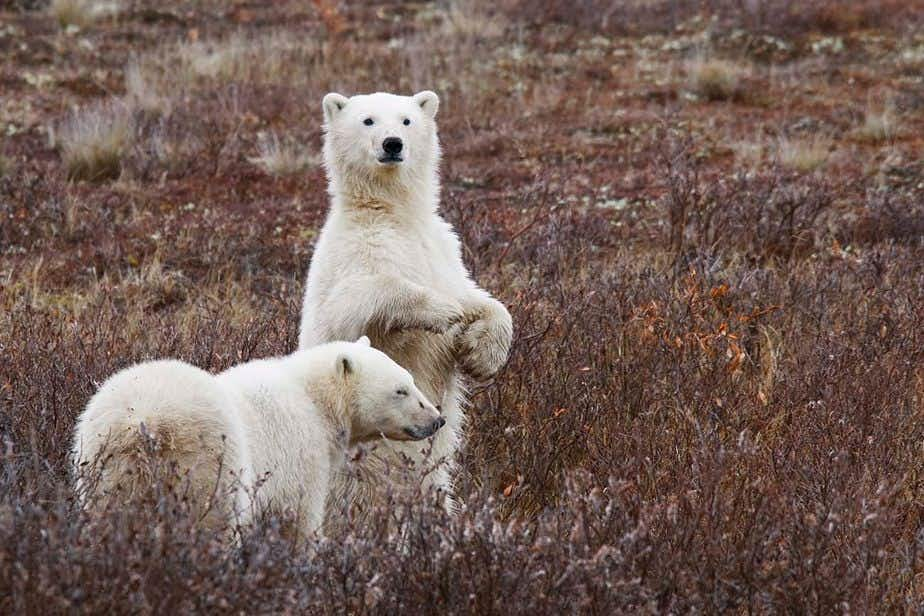Login
No account yet?
Create Account
Polar Bear
Extremely dangerous but beautiful creatures
2 travellers have this on their Bucket List
0 been here
The polar bear is the largest predator on Earth. He is big, imposing, and dangerous, also for people. You can encounter the polar bear in the northern hemisphere, where you have to be lucky.
The elusive polar bear (Ursus maritimus) has become the epitome of climate change in recent years. Due to the disappearance of more and more ice, this animal is in danger of extinction. The reason is simple: He needs the ice in the winter to catch his food. As seals regularly come to an air hole to breathe, the polar just has to wait to catch one.
I have seen the polar bear myself in various places. Read my tips for having your encounter with a polar bear.
Where do polar bears live in the wild?
The animals are only found in a limited number of places: Alaska in the United States, the Arctic region such as Canada, Greenland, which is part of Denmark, Svalbard, which belongs to Norway, Central Siberia, and Franz-Josef country, which are both parts of Russia.
Facts and figures on the polar bear
Polar bears are the largest bears that live on Earth. Research has shown that males can grow up to 2.6 meters in length. Adult animals weigh from 300 to 800 kilograms. Females are smaller and therefore lighter. They grow to an average length of 2 meters and weigh a maximum of 300 kilograms.
The polar bear has a thick coat, but the most special is the thick subcutaneous fat layer. This allows it to retain heat very well. What few people know is that polar bears have special webbed feet between their legs, which allow them to swim very well.
In addition, polar bears have a small tail, although it is hardly visible. This one is about eight to ten centimeters long. Scientists think it used to have a longer tail, but it has become unusable. And thus slowly disappears through evolution.
How dangerous is a polar bear?
A polar bear is life-threatening. Especially when the animal is hungry. Or if you meet a mother bear with a cub. If you run into a polar bear, don’t run away. In fact, you have to make a noise and make yourself as big as possible. That is the only way to scare the animal away. Which usually works.
Photographing polar bears is difficult
You will soon find that a polar bear on ice or in the snow is difficult to capture in a picture. The white balance is especially important. Also, keep in mind that you may even have to focus manually because the white coat disappears in the snow. But it is possible and the results are very rewarding.
Climate change and the polar bear
Scientists have camped near polar bears for decades to track them. In particular to understand their way of life. And to measure the consequences of climate change. There have been reports in the media before that polar bears are very sensitive to PCBs and toxins such as DDT.
These toxins travel through the air and then condense in the cold air of the arctic region. To end up in the sea as condensation. These substances affect the immune function of the animals, making them more susceptible to diseases. Since 2005, the animal has been on the International Union for Conservation of Nature (IUCN) Red List.
Best places to see a polar bear in the wild
2 travellers have this on their Bucket List
0 been here


